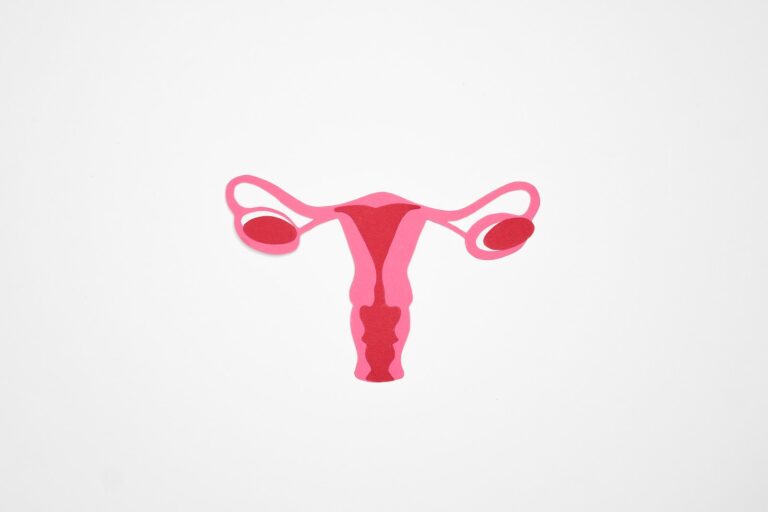Hysterectomy is a surgical procedure that removes the uterus. It is a common procedure done to treat conditions like endometriosis and uterine cancer.
Following hysterectomy, the remaining areas of the reproductive tract including the ovaries and fallopian tubes are separated from the abdominal cavity. This leaves sperm with no place to go. They are eventually expelled from the body along with vaginal secretions.
The uterus
In some cases, women with issues in their reproductive system need a surgical procedure called hysterectomy. This involves removing the uterus (also known as the womb) and sometimes the ovaries. It can be used to treat severe endometriosis (when tissue similar to the lining of the uterus grows outside the uterus) and pelvic pain due to uterine fibroids or a condition known as uterine prolapse. It can also be a treatment for cancer of the uterus or for heavy menstrual bleeding.
After a hysterectomy, sperm will have to find alternate routes to reach the fallopian tubes, where fertilization happens. This may affect fertility, but it is not a guarantee that the woman can never become pregnant.
However, the type of hysterectomy will have a significant impact on this. A partial hysterectomy, which removes the uterus but leaves the cervix intact, may allow sperm to move through the upper reproductive tract toward the fallopian tubes. A total hysterectomy, which removes both the uterus and cervix, will completely alter sperm flow and force them to find alternative routes.
In general, it is recommended that women who want to start trying for a baby after a hysterectomy wait until they have had a full recovery, which can take up to two to four weeks. But this doesn’t mean that a woman can’t have sex before then, especially if her doctor has given her the go-ahead.
The fallopian tubes
Hysterectomy is a surgical procedure where the doctor removes a woman’s uterus. It is a common procedure that can be done for various reasons such as cancer, fibroids, endometriosis, etc.
Women who have had a hysterectomy usually experience problems in having children. This is because the uterus and the fallopian tubes are removed during a hysterectomy, which makes it difficult for sperm to reach the eggs inside. This can make pregnancy impossible.
If the ovaries are not removed during a hysterectomy, it is possible for a woman to become pregnant. However, the ovary can become damaged during the surgery, which will also affect fertility.
In men, a hysterectomy does not impact sperm production in the testes, but it can impact sperm flow and mobility. This is because the uterus and cervix provide a guiding path for sperm as they travel to the fallopian tubes and the ovaries.
When semen is ejaculated into the vagina, millions of sperm “swim” up from the rectum towards the ovaries and the fallopian tube, where they meet an egg. The egg and sperm then fuse into a zygote, which contains 46 chromosomes, half from the woman and half from the sperm. If the zygote is implanted in the uterus, it will grow into an embryo and then a fetus. An ectopic pregnancy is a medical emergency that can cause the fallopian tube to rupture and lead to serious complications including internal bleeding, shock, cardiac arrest, and even death.
The ovaries
The ovaries are vital to a woman’s libido and fertility. When a woman’s ovaries are removed during a total hysterectomy, it can have an impact on the ability to conceive. However, a woman can still have children through alternative methods after a total hysterectomy. For example, women who have had a partial hysterectomy and whose cervix was not removed can get back to having sex two weeks after their surgery, assuming they receive their doctor’s go-ahead.
During a partial hysterectomy, the ovaries are preserved. This means that sperm can move through the fallopian tubes to reach the eggs. However, if the ovaries are removed during a total or radical hysterectomy, it changes the anatomy of the female reproductive system and creates barriers to sperm movement. For this reason, it’s important for women who are considering a hysterectomy to talk to their doctors about the effects it may have on their libido and fertility.
Many women who have had a hysterectomy say that they don’t feel any negative effects on their sexual health or desire for sex. They also report an increase in pleasure during sex without the excessive bleeding and pain that had been causing them to experience discomfort or avoid sexual activity. Despite these positive effects, the psychological and emotional impact of infertility can have a serious effect on a couple’s relationship.
The vagina
The vagina is a muscular canal that connects the uterus and cervix to the outside of the body. It’s used for menstruation, intercourse, and childbirth. Its opening is called the vaginal vestibule or introitus. The vagina is shaped like a trapezoid, narrowing at its entrance and widening as it approaches the cervix. It also has a deep, hollow area called the fornix.
The wall of the vagina is made up of layers of muscle covered in a mucus membrane. It contains an inner glandular layer of non-keratinized stratified squamous epithelium and a deeper lamina propria of muscle tissue that’s rich in circular and longitudinal fibers. The muscle tissue forms pleats, known as rugae, that allow the vagina to expand during sex and childbirth. The fornix is an area of mucosa that extends from the vestibule to the cervix. The fornix contains a large amount of semen, which can be stored in the fornix and ejaculated later.
Sperm are naturally released during sexual activity. However, a hysterectomy separates the reproductive tract from the abdominal cavity, leaving sperm with nowhere to go. They’re eventually expelled from the body along with normal vaginal secretions. If you have a hysterectomy, it’s important to discuss your sexual health with your healthcare provider. They’ll be able to answer any questions you may have regarding sex after hysterectomy and what options are available for fertility.
See Also:






